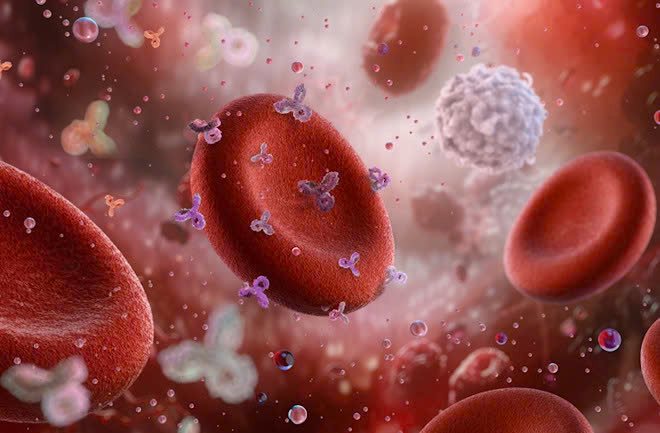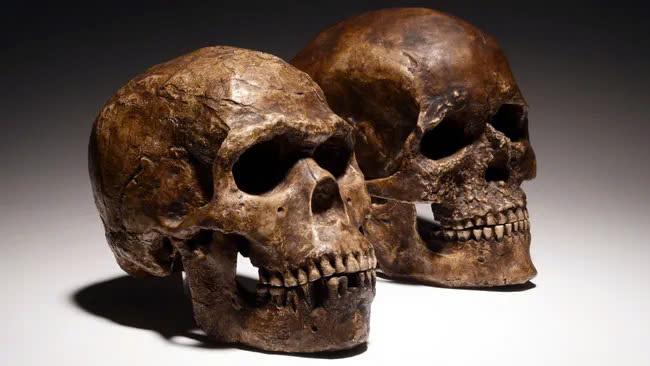The Genetic Divergence
A groundbreaking study published in Scientific Reports reveals how subtle differences in blood group genetics might have contributed to the eventual disappearance of Neanderthals. Researchers from Aix-Marseille University discovered that Neanderthals possessed a rare blood group variant that could have been fatal to their offspring.
Genetic Incompatibility

The research team, led by population geneticist Stéphane Mazières, sequenced ancient genomes spanning 120,000 to 20,000 years ago. They found that Neanderthals had an Rh blood group variant significantly different from early Homo sapiens and Denisovans.
Reproductive Challenges
This genetic difference created a high risk of hemolytic disease in newborns when Neanderthal females mated with males from other human species. The potential consequences were severe:
- Jaundice
- Severe anemia
- Brain damage
- Potential infant mortality

Evolutionary Adaptations
While Neanderthals’ blood cell genetics remained largely unchanged over 80,000 years, early humans rapidly evolved their red blood cell characteristics after leaving Africa. This genetic flexibility may have provided a crucial survival advantage.
Video
Geographic Influences
Researchers hypothesize that novel Eurasian environments might have driven this quick genetic diversification. The Persian Plateau emerged as a potential key region where significant genetic changes occurred between 70,000 and 45,000 years ago.
Implications for Human Evolution
The study suggests that genetic incompatibility, combined with reduced population diversity, likely played a significant role in Neanderthals’ extinction. By contrast, early humans’ ability to adapt genetically allowed them to survive and thrive in diverse environments.
